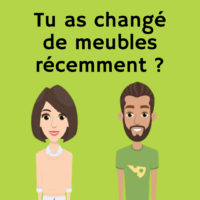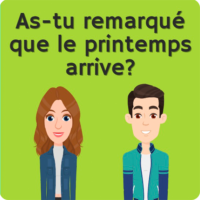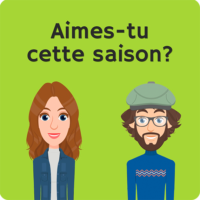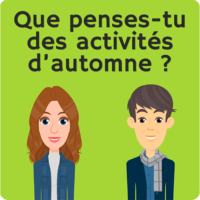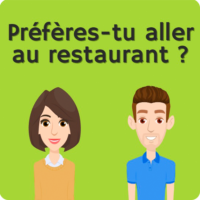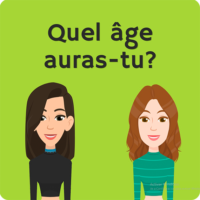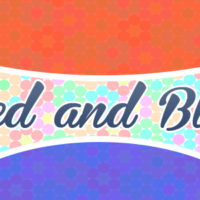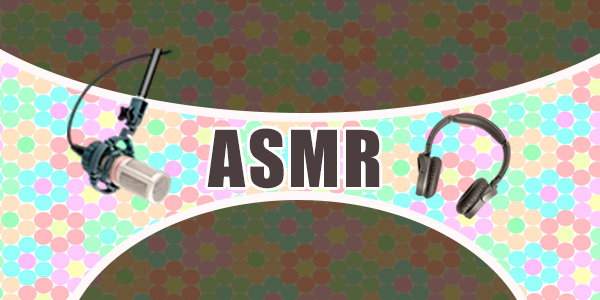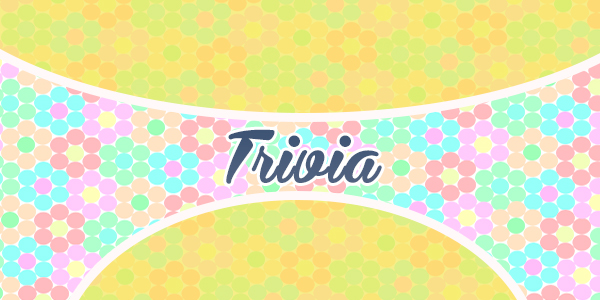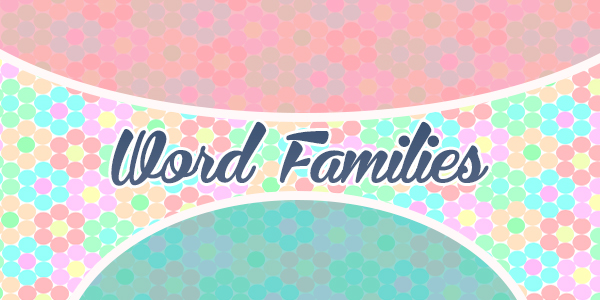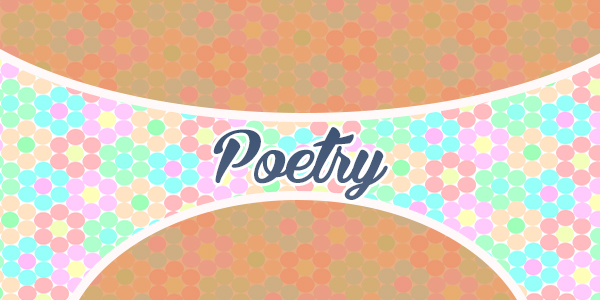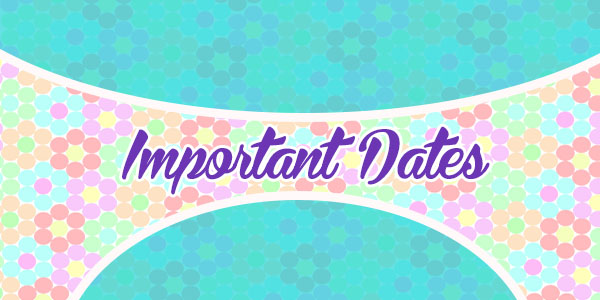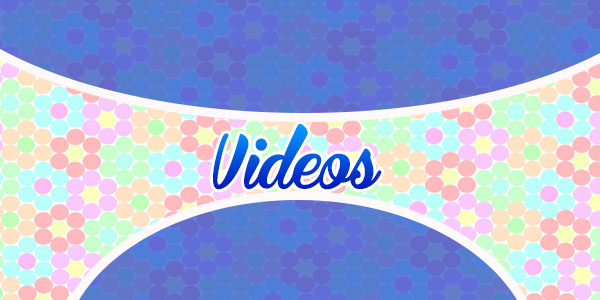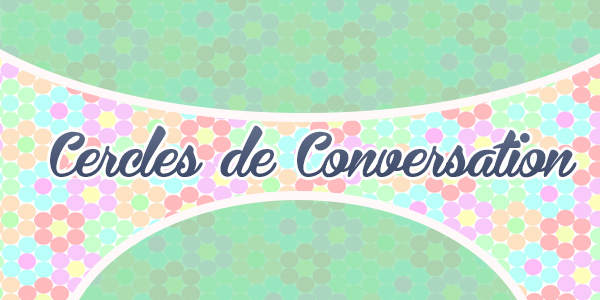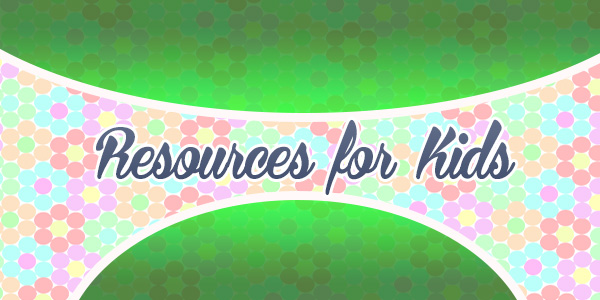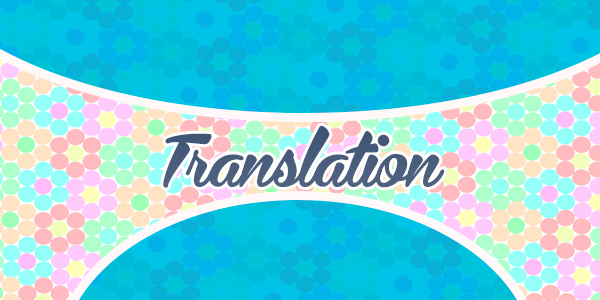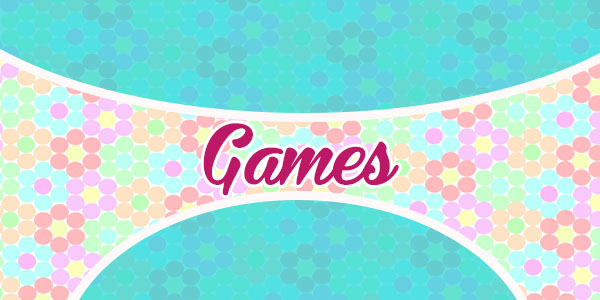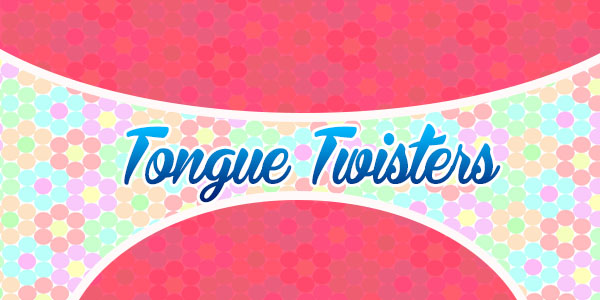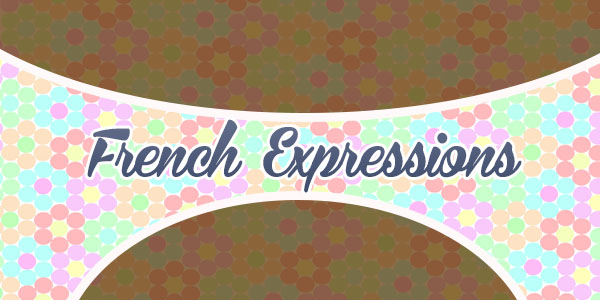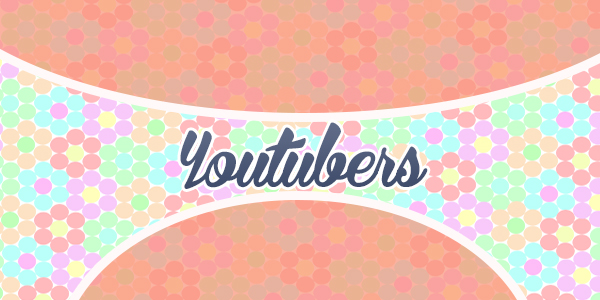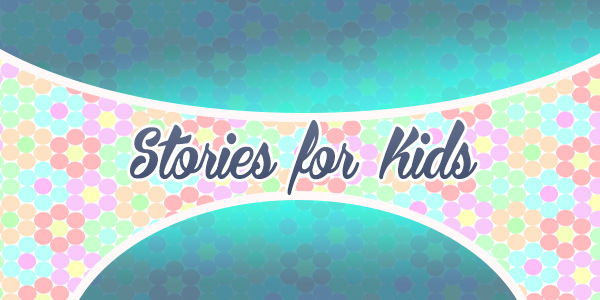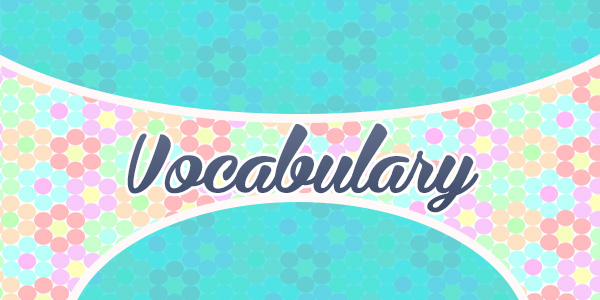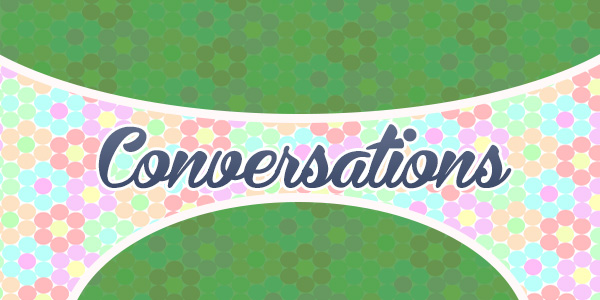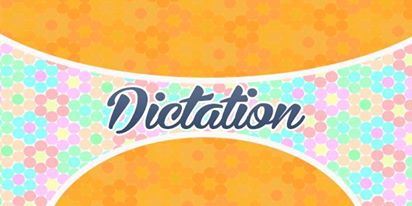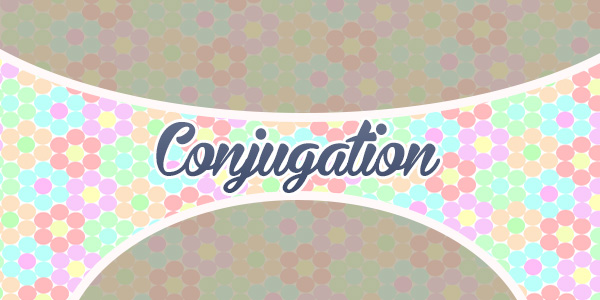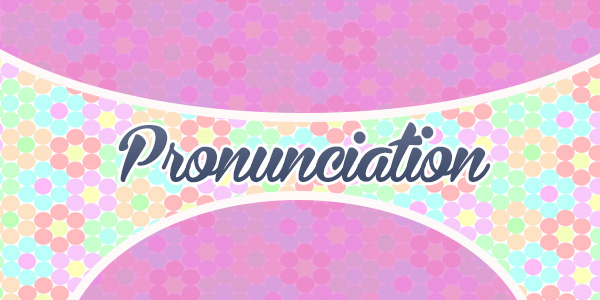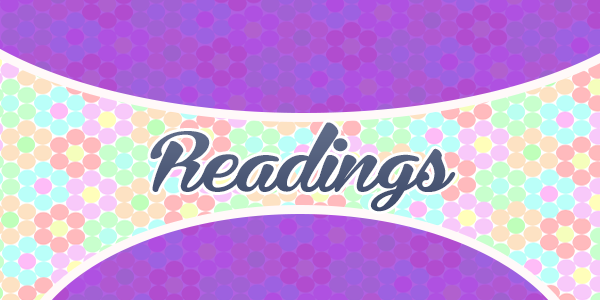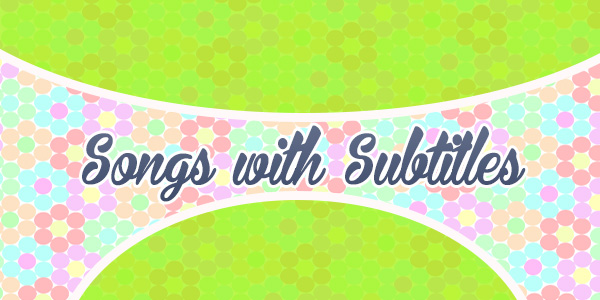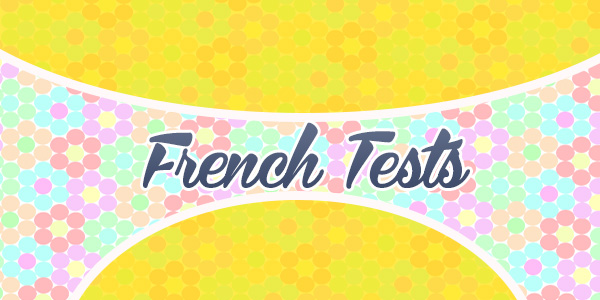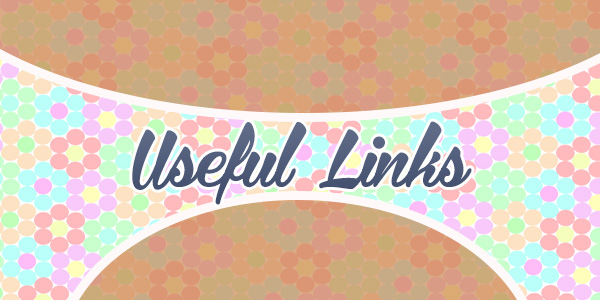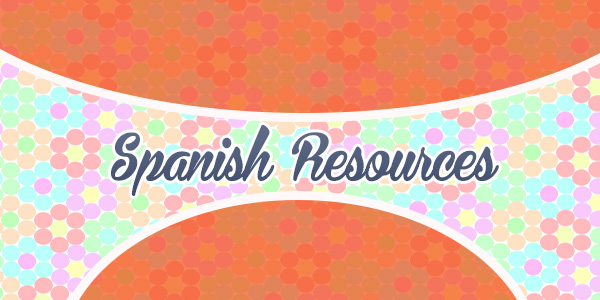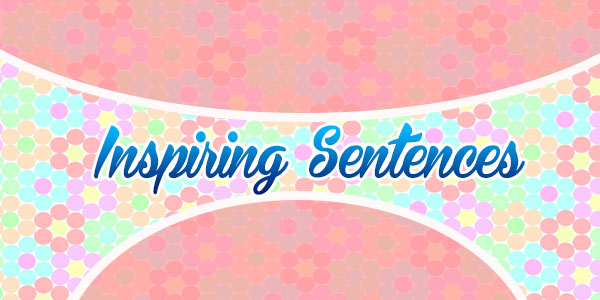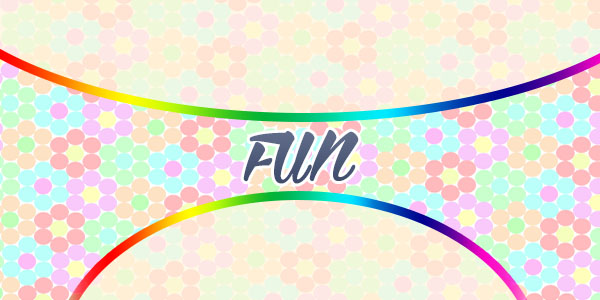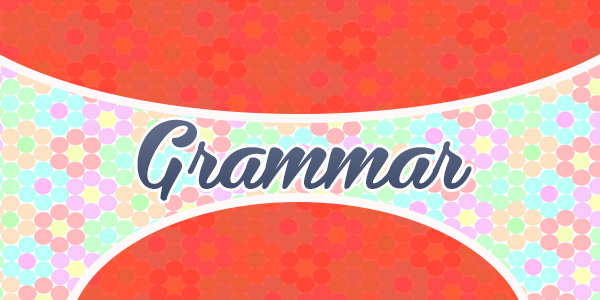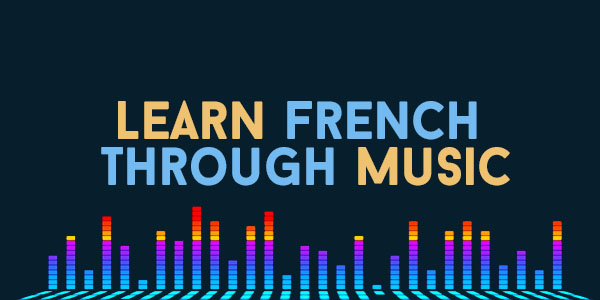Comment ça va au travail ?
In this post, titled “Comment ça va au travail ? – How’s work going?”, you will hear a short conversation presented in RED and BLUE text format. This engaging short dialogue is designed to help you improve your oral skills interactively. In this type of conversation, one person reads the sentence in Red, focusing on a more assertive or confrontational tone, while the other reads it in Blue, emphasizing a collaborative and open approach.
This contrast helps both participants practice not only their speaking skills but also their ability to adapt their communication style, recognize different perspectives, and navigate various conversational dynamics effectively.
Red and Blue : How’s work going?
| French | English |
|---|---|
| Priyanka : Salut Taran, comment ça va au travail ? | Priyanka : Hi Taran, how are things at work? |
| Taran : Un peu stressant, trop de projets à gérer. Et toi Priyanka ? | Taran : A bit stressful, too many projects to handle. And you Priyanka ? |
| Priyanka : Ça va bien, j’aime mon nouveau poste. | Priyanka : It’s going well, I like my new job. |
| Taran : Super ! Moins de stress ? | Taran : Great! Less stress? |
| Priyanka : Oui, et plus d’autonomie. | Priyanka : Yes, and more autonomy. |
| Taran : Génial ! | Taran : Awesome! |
Red and blue – List
1. How was your weekend? – Comment s’est passé ton weekend ?
2. Do you like to read? – Est-ce que tu aimes lire ?
3. It’s nice, don’t you think? – C’est agréable, tu ne trouves pas ?
4. Do you have any siblings? – Tu as des freres et soeurs ?
5. What kind of pie do you prefer? – Qu’est-ce que vous préférez comme tarte ?
6. A coffee please – Un café s’il vous plaît
7. What are we eating tonight? – Qu’est ce qu’on mange ce soir ?
8. I would like a metro ticket – Je voudrais un ticket de métro, s’il vous plaît.
9. How old will you be? – Quel âge auras-tu ?
10. What time is it? – Quelle heure est-il ?
11. Which film would you like to see? – Quel film veux – tu regarder ?
12. Do you prefer eating out or cooking at home? – Préfères-tu aller au restaurant ou cuisiner à la maison ?
13. How do you feel about fall activities? – Que penses-tu des activités d’automne ?
14. What would you like to order? – Que désirez-vous commander ?
15. Do you like this season? – Aimes-tu cette saison ?
16. Do you have any plans for New Year’s Eve? – As-tu prévu quelque chose pour le Nouvel An ?
17. How’s your January going? – Comment se passe ton mois de janvier ?
18. Do you have any plans for Valentine’s Day? – Tu as des plans pour la Saint-Valentin ?
19. Have you noticed that spring is coming? – As-tu remarqué que le printemps arrive?
20. Where are you from? – Tu viens d’où ?
21. Did you move recently? – Tu as déménagé récemment ?
22. Do you have any plans for the long weekend? – Tu as des plans pour le long weekend ?
23. Do you come here often? – Tu viens souvent ici ?
24. What do you like most about summer? – Qu’est-ce que tu aimes le plus en été ?
25. Have you change any furniture lately? – Tu as changé de meubles récemment ?
26. Did you bought any new clothes lately? – Tu as acheté de nouveaux vêtements récemment ?
27. Do you like cooking? – Est-ce que tu aimes cuisiner ?
28. Do you like sports? – Est-ce que tu aimes faire du sport ?
29. Do you like to travel? – Est-ce que tu aimes voyager ?
30. Do you want to come with me? – Tu veux venir avec moi ?
31. Do you have any big plans for New Year’s Eve? – Tu as de grands plans pour le réveillon ?
32. How long have you been studying French? – Ça fait combien de temps que tu étudies le français ?
Do you want to practice another Red and blue? Click on the image of your interest:
Practice another French Resource here:

How’s work going? – Red and blue – French Circles











